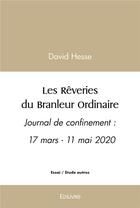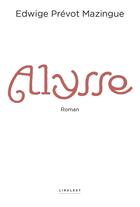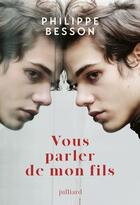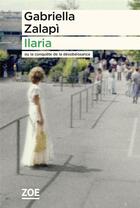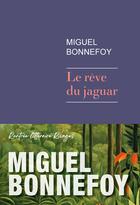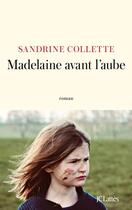Résumé:
At the beginning of the twenty-first century, thousands of adult Europeans regularly dress up as Scots. They march in kilted pipe and drum bands, toss tree trunks at Highland Games strength competitions, campaign for monuments to commemorate long-gone Scottish soldiers, even physically re-enact... Voir plus
At the beginning of the twenty-first century, thousands of adult Europeans regularly dress up as Scots. They march in kilted pipe and drum bands, toss tree trunks at Highland Games strength competitions, campaign for monuments to commemorate long-gone Scottish soldiers, even physically re-enact the Scottish past, in armour and belted plaid. Their largest festivals attract more than 20,000 people, and some of their more elaborate clubs and bands are recognised by Scottish clan chiefs. The Scotland that is on their minds is hardly ever modern Scotland, the place on the map. Rather, it is a fantasy of Scottish history, a neverland of clans, kilts, Celts, and bagpipes. It is the Scottish dreamscape - the ever-evolving set of tartan-chequered myths and images that continues to fascinate novelists, film-makers, and identity-seekers since at least the late eighteenth century. The 'Scots' of Europe do not usually claim to be Scottish - neither by birth, descent, or residence. Their performances are masquerades, and openly declared so. Unlike their cousins in North America and Australasia, the continental Highlanders rarely insist that their play-acting expresses an ethnic or ancestral identity. And yet: their masquerades are quests for roots, too. By impersonating the Scots, many of the European play-actors hope to reconnect with their Celtic, Nordic, or otherwise pre-modern heritage. They feel that their own customs, songs, games, and tribes have been lost to the forces of modernisation - but that some of it may have survived in the Scottish periphery. They approach Scotland as a site of memory. This is the first study of the self-professed 'Scots' of Europe. It traces the phenomenon's origins to popular re-enactments of the British military after the Second World War. It captures its scope at the beginning of the twenty-first century by making use of original fieldwork conducted in Germany, France, the Netherlands, Belgium, Switzerland, Italy, and Scotland. It explores issues of performance and celebration, memory and nostalgia, heritage and identity. This book should be of interest to specialists on Scottish history and myth, Scottish emigration and diaspora - as well as to anyone interested in the pleasure of being someone else.




